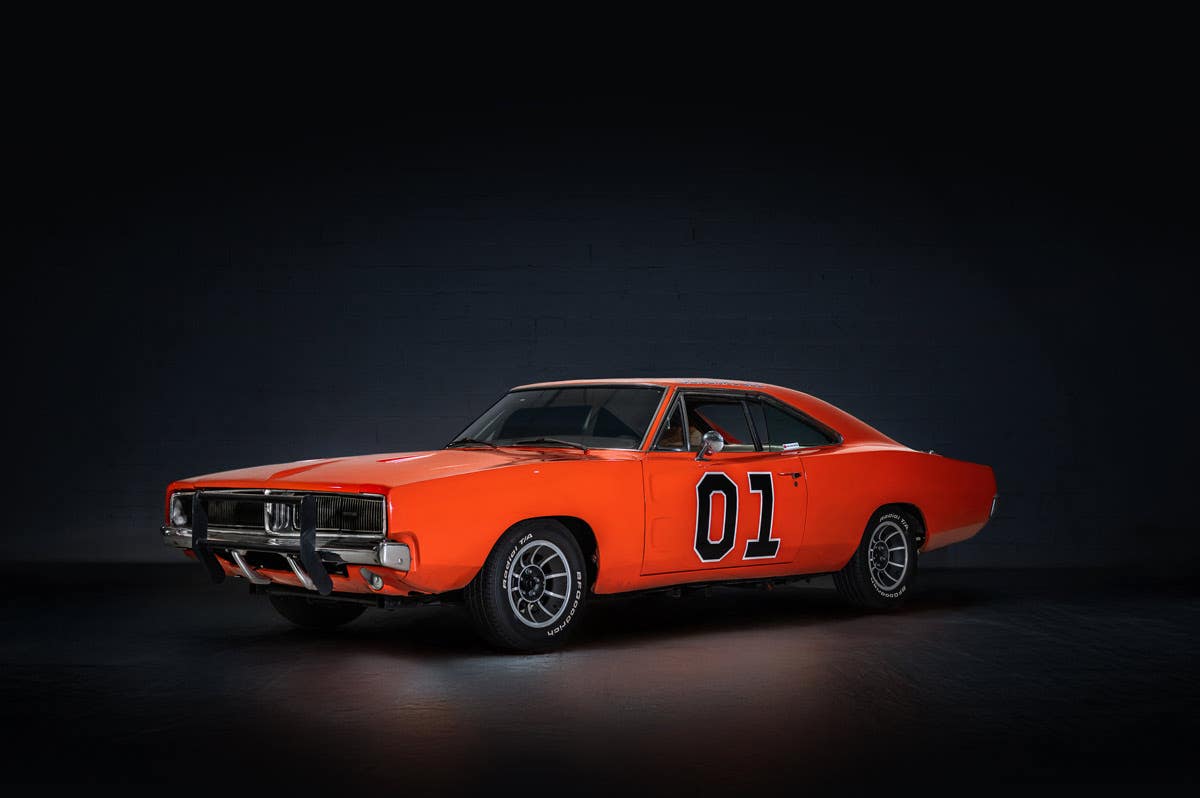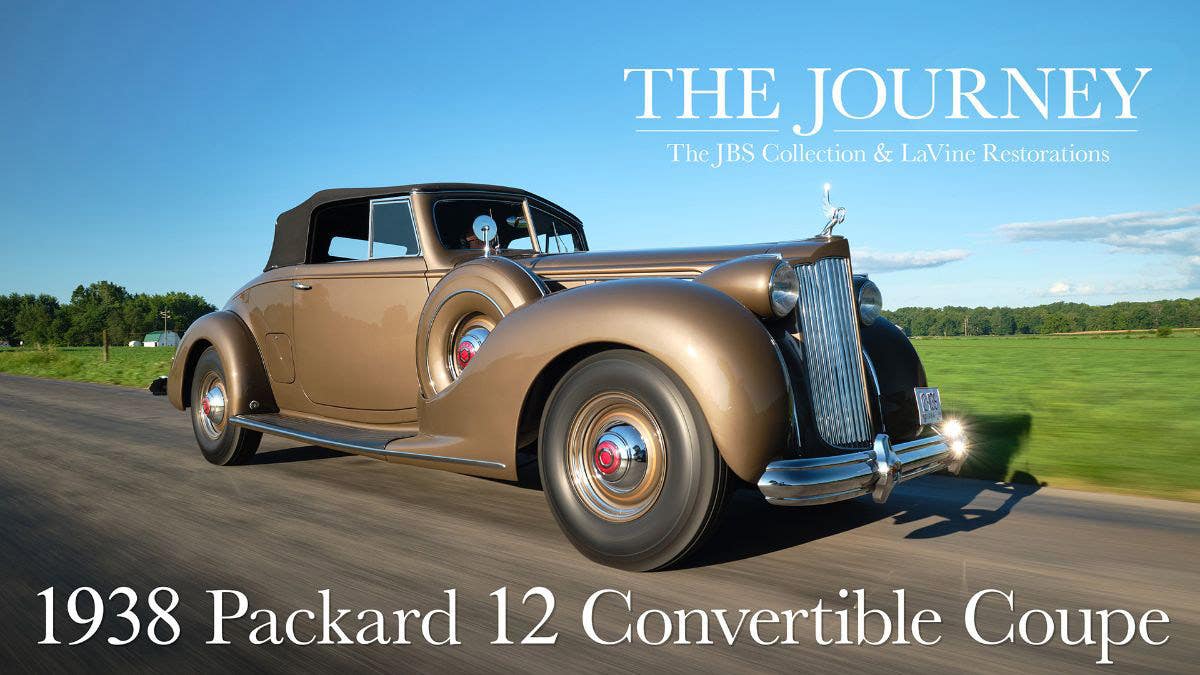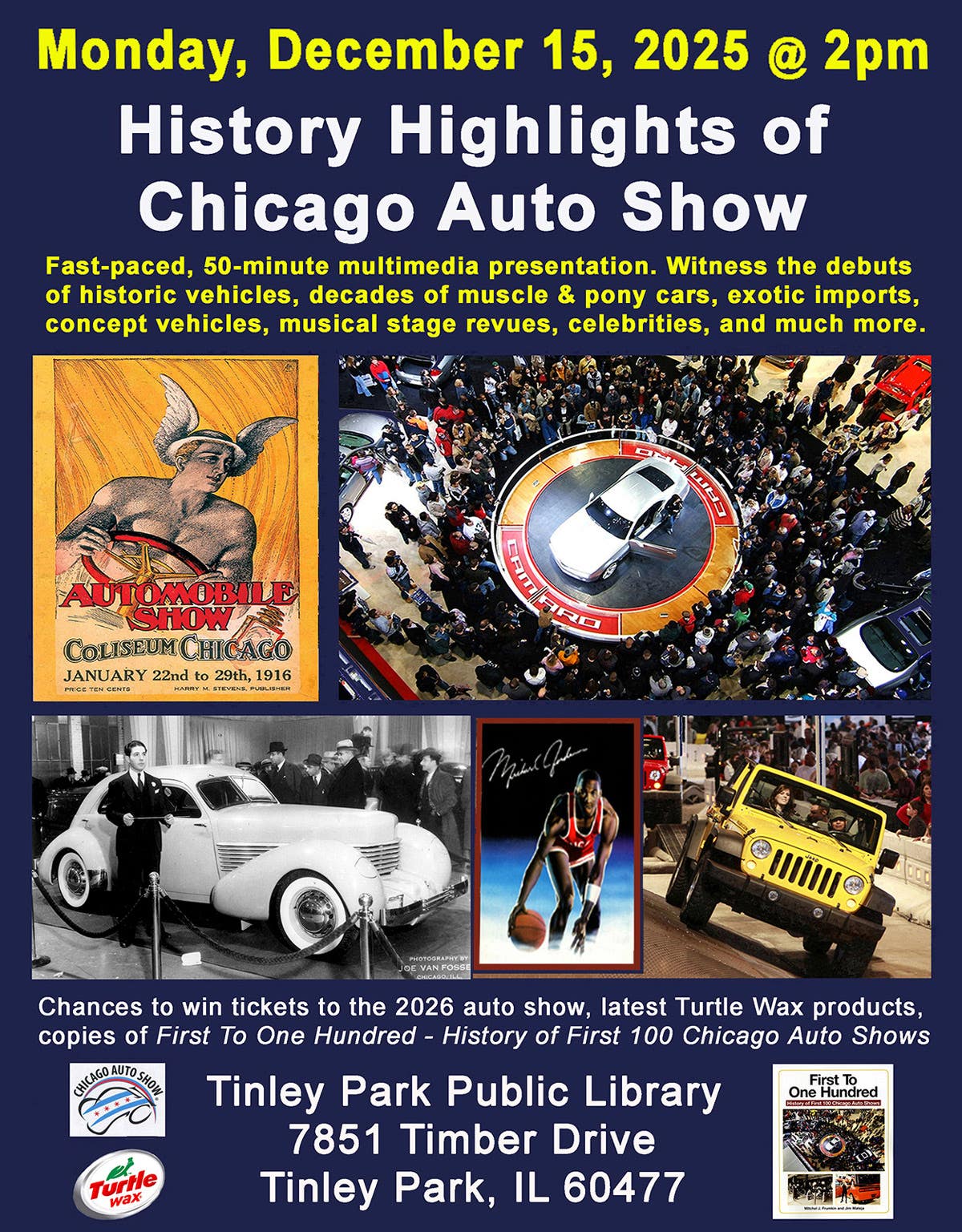Seattle Dealer Acquires Record Setting Souped Down ’59 Opel
Seattle automobile dealership owner Evan McMullen isn’t worried about the recent increases in gas prices. Why should he? McMullen has added a new “economy” car to his collection, a world record setting 1959 Opel T-1, which achieved an astonishing 376.9 mpg in 1973.
Seattle automobile dealership owner Evan McMullen isn’t worried about the recent increases in gas prices.
Why should he? McMullen has added a new “economy” car to his collection, a world record setting 1959 Opel T-1, which achieved an astonishing 376.9 mpg at Wood River, Ill. in 1973.
This 1959 Modified Opel T-1 set world record of 376.59 miles per gallon at Wood River, IL in 1973. The rear wheels are mounted in the center of the axle.
The 1959 Opel established its stunning record on a closed airfield circuit course at a stringently enforced minimum of 30 miles per hour during a contest sponsored by Shell Oil Co.
The previous record of 49.73 m.p.g. was broken in 1939 by a 1947 Studebaker achieving mileage of 147 m.p.g.; in 1969, a Fiat 600 established a record of 244.35. In 1973, McMullen’s 1959 Opel P-1 Hardtop shattered that record with its 376.59 m.p.g. result
The Opel's rear axle was narrowed and super-hard low-friction tires were used. To reduce the weight even more, a chain drive was used. The stock 4-cylinder engine that came with the car was utilized, but the fuel line was insulated and heated so the gasoline entered the combustion chambers as lean vapor.
The well-documented, near-original condition record setter, was scooped up by McMullen and his partners recently at a local auto auction.
According to reports, the car was inducted into the Talladega SuperSpeedways’ Motorsports Hall of Fame before it was — inexplicably — lost to history.
The 1959 Opel is a CaraVan station wagon whose roof was chopped and made into a pick-up, with a two-speed chain drive, four-cylinder motor that is nearly completely insulated (including the entire radiator), a strange air induction (the carburetor has a ¾-inch bore), and a mid-engine replacement. Its rear wheels are connected to the center of the axle.
In order to reduce weight, the interior was completely stripped except for a seat. The top was also chopped to lower wind resistance.
The individual names of the Experimental Team members who developed and prepared the car are still proudly emblazoned on its rear deck.
McMullen says that he and his partners look forward to re-introducing their find to market, preferably to an established collector or museum—but not just yet. “We’d like to complete our research to fully document its provenance first,” he says. “This car has been lost for far too long and we’d like to see it end up in the right hands.”








